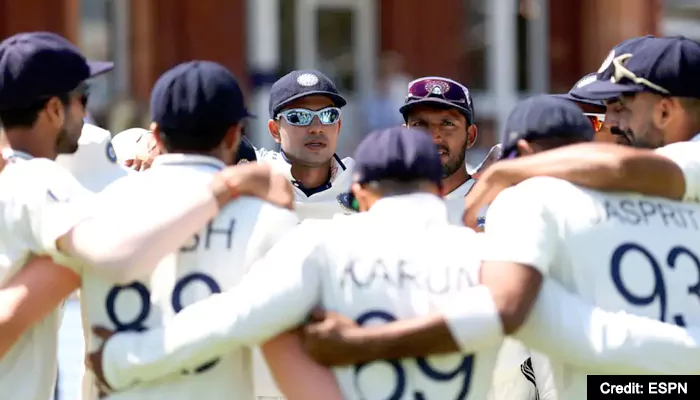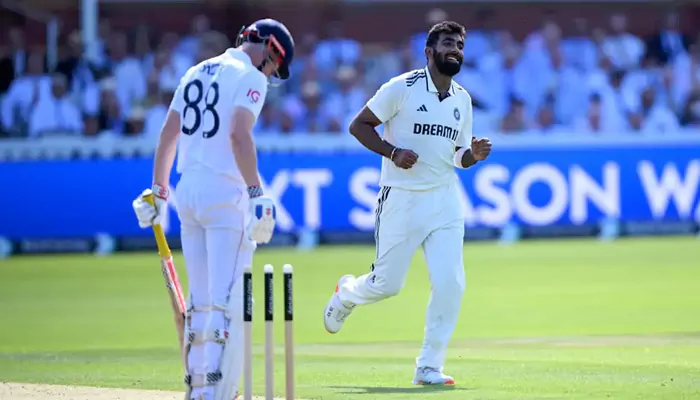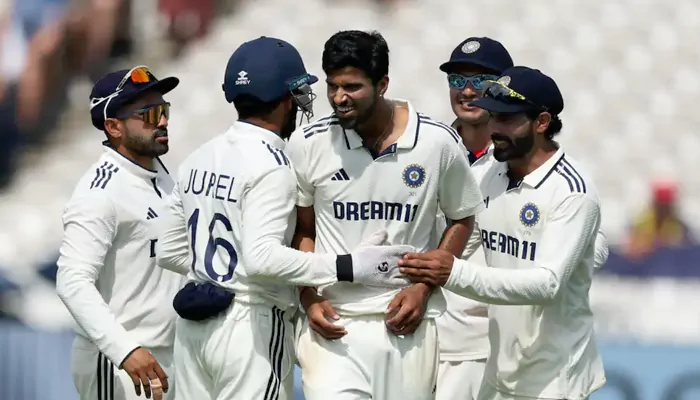
As Bazball collides with precision pace attacks, time slips away—but is it really lost?
Test cricket is not just a sport; it's a five-day debate with time. And nowhere has that tension been more clear than in the ongoing 2025 England–India Test series. As the Old Trafford Test unfolds, questions are being asked once again — not about batting collapses, spinning pitches, or DRS dramas, but about something much more mundane: over rates.
At first glance, the figures raise eyebrows. On day one of the Lord's Test, only 83 overs were bowled despite the extra half hour. Day two added 73 overs to the count; day three, another 78. That's 25 overs lost, or so the critics say. But are these overs truly lost, or has the game simply evolved into a more intense, subtle dance?

Credit: ESPN
To understand the controversy, you need to look beyond the raw numbers. Over rates in Tests are generally expected to be around 15 overs per hour. However, this calculation includes allowances: 4 minutes per drinks break, 18 minutes for 9 wickets, 2 minutes per DRS review, and unavoidable injury time. Taking these into account, what seems like 10 overs lost could actually be just 2.
Once again, consider Lord's: India bowled out England in 77.1 overs in their first innings. That innings doesn't even count towards penalty calculations under ICC rules unless the over rate drops significantly.
On the same day, India scored through 43 overs in less than three hours. With regular pauses for ball changes, field setting adjustments, and medical timeouts, it's clear where the time was spent. Not wasted—used.
This isn't a 2000s Test series any longer. Fast bowlers now take the majority of overs. At Lord’s, India’s attack included Bumrah, Siraj, and Akash Deep—none of whom were part-timers. England fielded three seamers with Stokes operating as a fourth specialist. With this level of high-impact pace, breaks become essential, not optional.

Credit: ESPN
The ICC implicitly recognises this. Match referees rarely insist on 90 overs a day as a strict limit if fast bowlers dominate. Why? Because the alternative is more overs from part-time spinners—a compromise that weakens the contest’s edge. Would fans prefer to see Joe Root bowl 10 overs of harmless off-spin just to meet a quota?
England were penalised at Lord's—docked WTC points despite winning. Critics called it harsh, but it's a regulatory tightrope. Teams are given more leeway than ever: injury allowances, spinner gaps, even fielding side fatigue. However, when they still fall short, consequences follow. Harsh, yes. Necessary? Perhaps.

Credit: ESPN
India escaped unscathed only because of tactical spin. Washington Sundar's threat in the second innings wasn't part of a time-saving strategy, but it had a dual effect—wickets fell, and the over rate increased. A win-win.
The question isn't whether teams are "cheating" time. It's whether our expectations of time are realistic. Test cricket has evolved. It's faster, bolder, and played with an emotional and physical intensity rarely seen before. But that comes at a cost: time spent catching breath, adjusting fields, and changing balls mid-spell.
If we reduce cricket to just 90-overs-a-day math, we ignore the heart of the contest. We risk turning it into a clock-punching job for athletes who, in truth, are artists of rhythm and strategy.